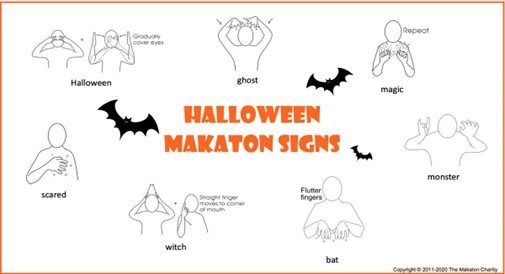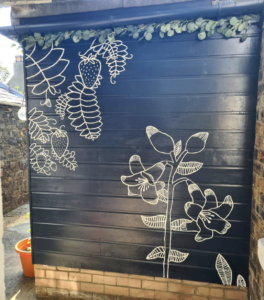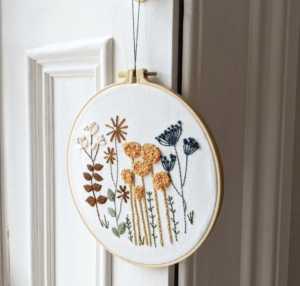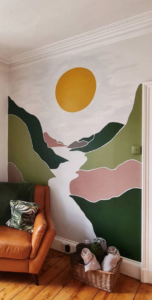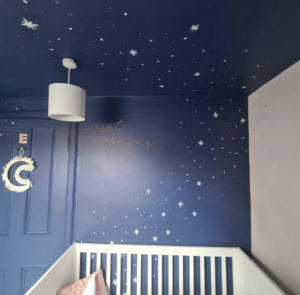Family Fun At Christmas – Back To Tradition by Scott Hindmarsh
Christmas is a time for the full family to make memories, have fun and even start some new traditions that can be passed down the generation to keep the magic alive.
For a child, Christmas can be the best time of the year. Everyone is in high spirits, feeling festive and looking to make good memories. In the Family Learning Team, we believe that there’s lots of Family Fun that can be had around the holidays with ‘low to no cost’ activities for everyone to take part.
Below, I’ve put in some ideas of how you and your family can have some Christmas themed fun!
Christmas Traditions
My earliest memory of Christmas is ‘Christmas Tree Spotting’ with my Mum, Dad and siblings. We simply took to the streets and went a drive or walk around the local area to see how many Christmas Tree’s we could spot. This quickly became competitive and we looked to see who could find the most. It’s a memory I will always remember and brings a smile to my face. As a family we still speak about it to this day. Over the years this became a tradition and a game the full family looked forward to. This has now been passed through the generations to our family’s grandchildren. This game still takes place 30 years down the line and is still a hit.
There’s lots of ‘Christmas Traditions’ that can be fun for the full family. Below is my list in no particular order (excluding my favourite, Christmas Tree Spotting) that your family can make great memories doing.
Christmas Coin Hunt
his is a simple but lots of fun. All we do is hide chocolate coins around the house for the little ones to try and find. This can be done all at once, maybe one for each day in December or even as a scavenger hunt with some clues. Kids love chocolate so pairing it with the anticipation of Christmas is lots of fun for them.
Christmas Quiz
A simple Christmas Quiz can be a full night of fun for a child! There’s lots of benefits in this from an educational point but as a Christmas activity it can be a barrel of laughs and lots of fun (especially if there’s prizes). There’s lots of themes you could add into each round such as Christmas movies, songs, characters, anagrams and more! It’s always good to add some prizes or forfeits.
Movie Night
A movie night is always a favourite no matter how old you are! All you need to do is find the best Christmas Movie (ELF), grab a few blankets and goodies and you have a full night of activities at a low cost! Children love sitting down and watching a movie with the adults in their life. Making time for them to have a Christmas themed movie will go a long way and be another easy, fun activity.
Crafts
Arts and crafts are fun all year round but making it a Christmas theme is another way to build up excitement in the little ones and create something that can be gifted to loved ones or kept for years to come.
Children enjoy it when they make things and they are kept and displayed such as things they create at school or in their spare time so why not make traditions and create something together that can be cherished and displayed for everyone to see?
There are lots of ideas out there that could be highlighted and shared so below I’ve chosen my favourite five that can be easily replicated and I’ll attach some links at the bottom with extra ideas.
Snowball Catapult
This craft has been adapted from one of our ‘STEM’ experiments. We’re using some household materials to make a fun and safe catapult that can fire some snowball looking items.
What you’ll need:
- Toilet roll tube
- Balloon
- Cotton ball
- Paper
- Tape
All we do is cut the trunk of the balloon off. We then stretch the circle part of the balloon over one end of the toilet roll tube. We then put white paper around the tube and decorate it however you like. The children can now enjoy firing snowballs (cotton) around the house (you will be surprised how long they will do this). You can even turn this into challenges where they get rewards.
Classic Christmas Card
Creating Christmas cards can be lots of fun. For the little ones it’s a fun activity where they can be let loose with their creativity. This is also a nice opportunity for them to make personal cards for their loved ones that can be cherished for years to come! This can be done using basic pencils and paper but if you want to get crafty (and messy), you can bring out the paints, glitter and sequins that can be purchased at a low cost.
Once these have been created it’s always nice to have them on display to celebrate the hard work that the child has done. This goes a long way for the little one and can put a smile on their face!
DIY Christmas Bauble/Ornament
I like to do this activity as a recycling project. Any old or unwanted baubles can quickly be decorated and given a new look. The simplest way I think this can be done is to simply paint an old bauble with a base layer, let it dry and then give your child the opportunity to decorate it in their own way. You’ll be surprised how exciting this can be for children! You can then let them hang it on the tree or gift it to someone else.
Christmas in the Kitchen
- Decorating Biscuits
A simple activity that can be done in the kitchen at a low cost is decorating biscuits! It’s a really easy activity and all you require is biscuits and icing with some treats to put on them.
Add your icing and then let your child decorate the night away! You can then either have these as a snack or give them to your loved ones.
- Hot Chocolate
Making a hot chocolate is another simple activity at a low cost! Children love hot chocolate and they love Christmas so putting them together is a winner. This activity can be paired up with a movie night to make the experience even better.
- Christmas Baking
This is a slightly more difficult activity but baking is a great skill for a child to learn at a young age and can be the start of something they are passionate about. Again, having this themed around Christmas is a way to make being in the kitchen fun at Christmas. You can make cakes, biscuits or anything else that can be baked!
I hope you have found some useful activities in my list of Christmas traditions. No matter how basic some of these activities may be they will make amazing memories for the children and can lead to tradition and excitement for years to come!

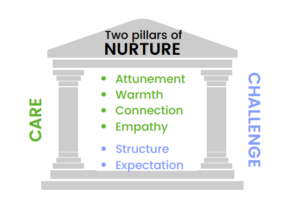
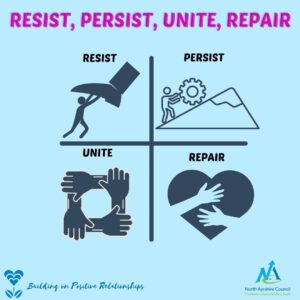
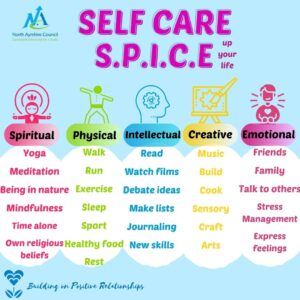

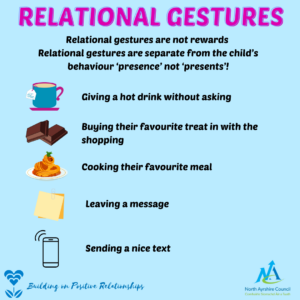
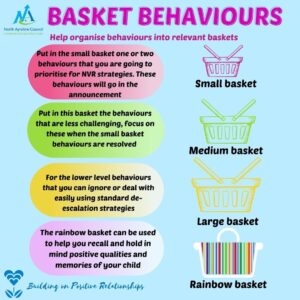

 These are just a few of the various days people across the UK take part in. October is deemed the second month of Autumn and as the clocks go back on the 30th to mark the end of British Summer, we gain an extra hour in bed.
These are just a few of the various days people across the UK take part in. October is deemed the second month of Autumn and as the clocks go back on the 30th to mark the end of British Summer, we gain an extra hour in bed.



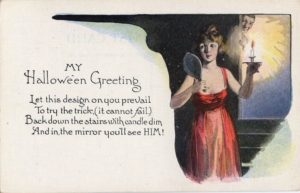
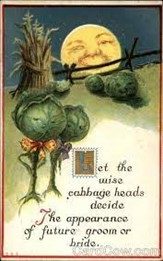
 Dooking for Apples – this is an ancient Celtic tradition. Apples are placed in a bucket of water and people have to try and grab the apples with their gnashers (teeth). This is a firm favourite at Halloween parties, just watch your make up!
Dooking for Apples – this is an ancient Celtic tradition. Apples are placed in a bucket of water and people have to try and grab the apples with their gnashers (teeth). This is a firm favourite at Halloween parties, just watch your make up!


